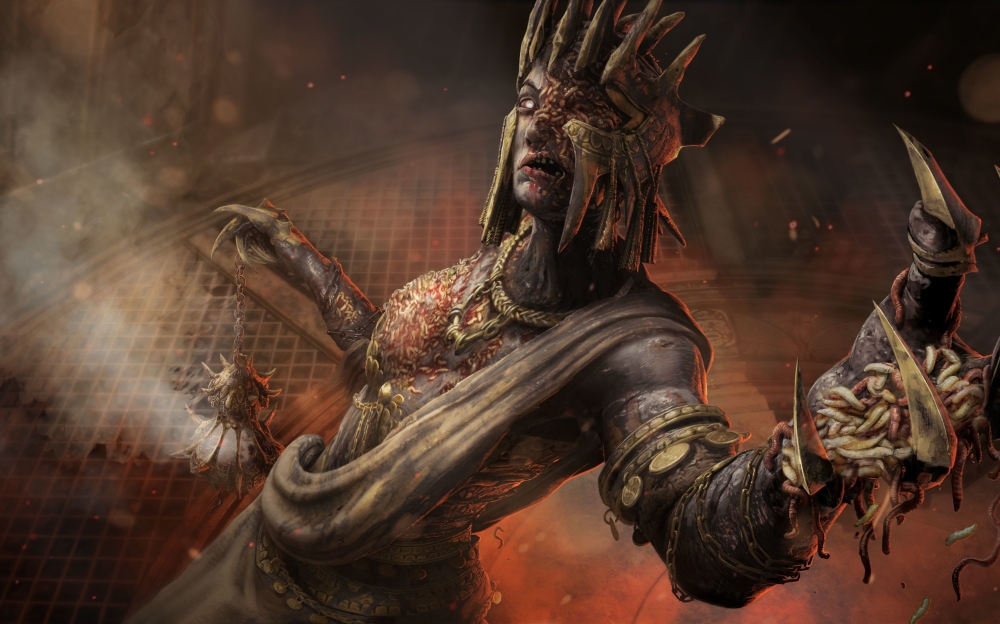
This bill was stuffed with dried aromatic herbs and spices such as camphor oil, mint, laudanum, cloves and myrrh to counteract the noxious air. It was usually white, with eye holes containing pieces of glass, and it had a long, hollow bird-like beak. The mask was constructed of dark leather and held in place with a hood and leather bands. It was in essence a primeval gas mask that was created to filter what were believed to be poisoned in the air. Striking, peculiar and disturbing in equal measure, the plague doctor’s mask was, without doubt, the first historical attempt to stem the spread of infectious airborne particles. It was the face covering that featured a grotesque long, curved, bird-like beak that everyone found most chilling. Yet it wasn’t just the heavy black head-to-ankle cloak, white gloves and leather boots that patients found horrifying, nor the ominous black hat which indicated who they were. This attire was thought to be the inspiration of Charles de L’Orme, a 16th-century French medical doctor, and it quickly became popular amongst plague doctors throughout Europe. They carried a long staff to keep sickly patients at a distance and wore a sinister-looking outfit similar to a military costumes in order to protect themselves from any physical contact. However, more often than not, they were either unqualified or had very little medical training and experience.ĭespite this, they must have been driven by a sense of mission as they were willing to venture into plague-stricken areas to give what comfort they were able and to keep detailed records of the number of victims for the public record.ĭistinguished by their bizarre appearance, the plague doctors were indeed a terrifying sight for anyone who had fallen victim to the deadly plague or ‘curse’ as some called it.

Plague doctors were hired by towns and villages to treat everyone who was apparently infected with the Black Death. With no understanding of their symptoms, no clear doctor’s advice and no medicine to combat the disease, we can only imagine the terror experienced by the men, women and children infected with the Black Death, not least because their last hope lay with the plague doctor – a ghoulish-looking figure who roamed the streets and was an indicator of their imminent death. Today, the Miasma Theory is now medically obsolete, but that offers little comfort to those who suffered and received no real care during their darkest hours. This theory promoted the view that people fell sick due to the inhalation of foul-smelling air. Physicians and academics at that time were convinced that the contagious disease was airborne and a result of the ‘Miasma Theory’. The bubonic plague, also known as the ‘The Black Death, swept through Europe in the mid-1300s leaving a trail of desperation, grief and despair in its wake, as well as social and economic catastrophe.Īfter a brief respite, it returned in the early 14 th century and relentlessly took its toll until the beginning of the 18 th century, by which time the devastating pandemic had caused the deaths of millions of people across the Middle East, Asia, and Europe, where the Black Death is estimated to have killed 30% to 60% of the population. The grotesque mask, despite being a prominent feature at the famous Venice Carnival, worn at elaborate masquerade balls, and associated with II Medico Della Peste, this character was not one of the famous Commedia dell’arte characters and should not be confused with Il Dottore, who has been one of the main characters since the 16th Century.


Perhaps one of the most macabre and sinister-looking masks around the world is the centuries-old ‘Plague Doctor’ or the ‘Medico Della Peste’ mask. Top Rated His and Hers Masks for CouplesīEHIND THE MASK – THE PLAGUE DOCTOR KNOWN AS MEDICO DELLA PESTE.


 0 kommentar(er)
0 kommentar(er)
